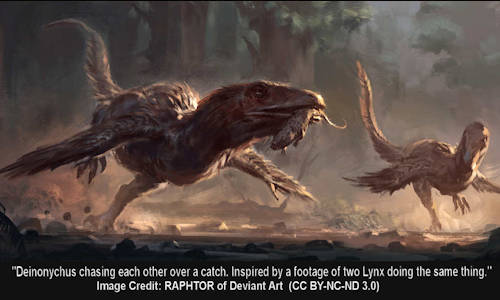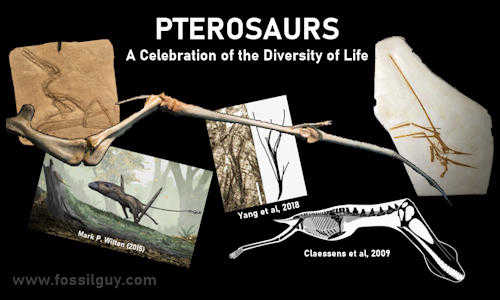Paleontology News
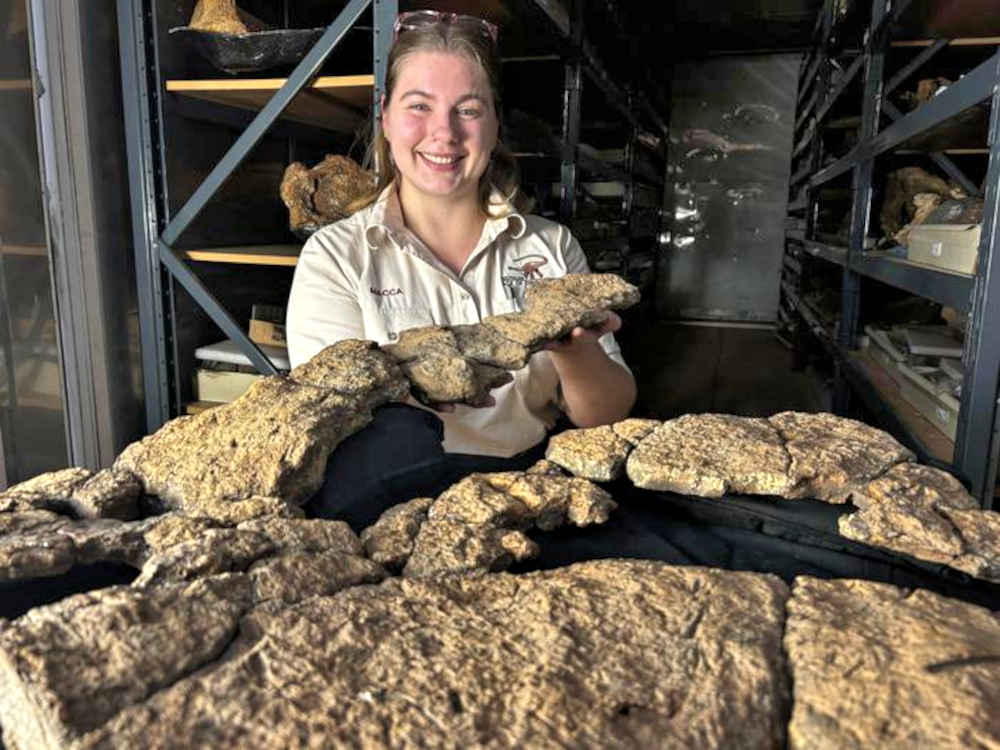
Australian Age of Dinosaurs Collection Manager Mackenzie Enchelmaier holds up sauropod gut content fossil. Credit: Stephen Poropat - CC BY-SA
Inside a Sauropod's Stomach: Fossilized Gut Contents Reveal Dinosaur Diets and Digestion
Fossilized gut contents from a Diamantinasaurus in Australia provide the first direct evidence that sauropods were bulk-feeding herbivores who relied on gut microbes to digest a wide variety of plants, including early flowering species.
Summary Points

Lead author Stephen Poropat at the Judy excavation site in Australia in June 2017. Credit: Stephen Poropat - CC BY-SA.
Fossilized gut contents from a Diamantinasaurus in Australia provide the first confirmed sauropod cololite.
The dinosaur ate conifers, seed ferns, and flowering plants, showing it was a non-selective bulk feeder.
Minimal chewing suggests digestion relied on gut microbes and fermentation.
The presence of angiosperms shows sauropods quickly adapted to new plant groups.
This single, rare discovery confirms long-held theories about sauropod diets and feeding behavior.
Inside a Sauropod's Stomach: Fossilized Gut Contents Reveal Dinosaur Diets and Digestion
This article is based on a press release by Cell Press, and the Journal Article (Poropat et al. 2025) from Current Biology.
A First for Sauropod Paleontology
For the first time, scientists have discovered fossilized gut contents - known as a cololite - inside a sauropod dinosaur, providing unprecedented insight into what these enormous herbivores actually ate. Published June 9 in Current Biology, the study focuses on a specimen of Diamantinasaurus matildae from mid-Cretaceous Australia. The breakthrough fills a long-standing gap in paleontology, confirming prior theories about sauropod herbivory and digestive strategies.
Why Sauropod Diets Have Remained a Mystery
Despite their global distribution and dominance for over 130 million years, no genuine sauropod gut contents had ever been found. Researchers had long speculated on their diets based on indirect evidence - jaw shape, tooth wear, and comparisons to modern animals - but lacked direct data. The discovery by Stephen Poropat and colleagues changes that, offering a detailed glimpse into how these giants interacted with their ecosystems.
Unearthing the Fossil in Australia
In 2017, staff and volunteers at the Australian Age of Dinosaurs Museum discovered the remains of a subadult Diamantinasaurus in Queensland's Winton Formation. While excavating the skeleton, they noticed a cracked layer of rock that turned out to be packed with fossilized plant material. This cololite became the first definitive evidence of sauropod gut contents and preserved a variety of plant types in remarkable detail.
What the Sauropod Was Eating
Analysis of the cololite showed that the dinosaur ate a wide range of plants, including conifer foliage, seed-fern fruiting bodies, and angiosperm (flowering plant) leaves. Notably, the plant fragments showed little evidence of chewing. The findings suggest Diamantinasaurus was a bulk feeder that relied heavily on gut microbes and fermentation to process its food-supporting long-standing hypotheses about sauropod digestion.
Flowering Plants and Dietary Flexibility
The presence of angiosperms surprised researchers, since these plants had only recently become ecologically significant during the dinosaur's lifetime. Their inclusion in the diet suggests that sauropods quickly adapted to eat flowering plants as they diversified. This supports the idea that sauropods were non-selective feeders that took advantage of whatever vegetation was available.
Insights Into Feeding Strategies and Growth
The fossil's plant contents suggest that Diamantinasaurus fed on both high and low vegetation, consistent with a growing sauropod's evolving reach. As hatchlings, sauropods would have been limited to ground-level plants, but subadults like this specimen likely browsed from taller vegetation. The preference for soft, digestible plant parts - such as new shoots and seed pods - implies a focus on easier-to-process food sources.
Ecological Impacts of Indiscriminate Feeding
The research strengthens the idea that sauropods had a major ecological influence due to their feeding habits. Their strategy of indiscriminate bulk feeding, sustained by gut fermentation, may have allowed them to dominate terrestrial ecosystems for over 130 million years. By consuming vast quantities of vegetation, they likely shaped plant communities and nutrient cycling at massive scales.
Limitations and the Road Ahead
While groundbreaking, the findings represent a single snapshot in time - just the last few meals of one subadult Diamantinasaurus. It's unclear whether the observed diet was typical, seasonal, or stress-induced. More discoveries are needed to draw broader conclusions, but this fossil opens a critical new window into sauropod biology and ecology.
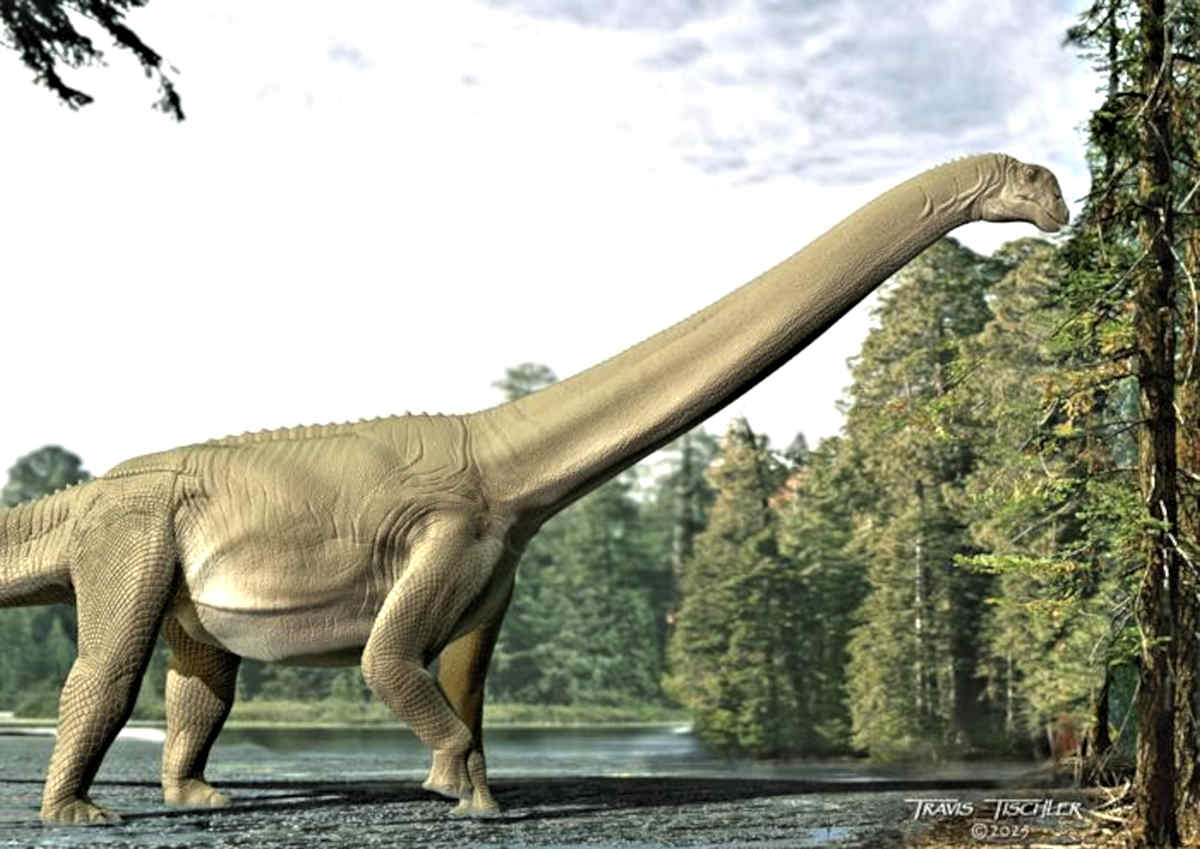
Artist impression of Diamantinasaurus matildae feeding. Credit: Travis Tischler - CC BY-SA.
Journal Article:
Poropat, Stephen F., et al. "Fossilized Gut Contents Elucidate the Feeding Habits of Sauropod Dinosaurs." Current Biology, vol. 34, no. 12, 2025, DOI: 10.1016/j.cub.2025.04.053.
Recommended Dinosaur Books and Educational Items:
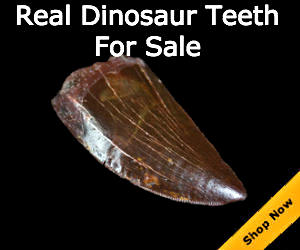
High quality Dinosaur teeth by Fossilera







